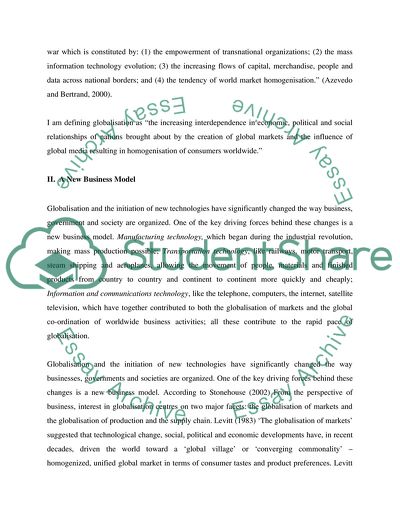Cite this document
(“What Globalisation Means Essay Example | Topics and Well Written Essays - 3250 words”, n.d.)
What Globalisation Means Essay Example | Topics and Well Written Essays - 3250 words. Retrieved from https://studentshare.org/miscellaneous/1536960-what-globalisation-means
What Globalisation Means Essay Example | Topics and Well Written Essays - 3250 words. Retrieved from https://studentshare.org/miscellaneous/1536960-what-globalisation-means
(What Globalisation Means Essay Example | Topics and Well Written Essays - 3250 Words)
What Globalisation Means Essay Example | Topics and Well Written Essays - 3250 Words. https://studentshare.org/miscellaneous/1536960-what-globalisation-means.
What Globalisation Means Essay Example | Topics and Well Written Essays - 3250 Words. https://studentshare.org/miscellaneous/1536960-what-globalisation-means.
“What Globalisation Means Essay Example | Topics and Well Written Essays - 3250 Words”, n.d. https://studentshare.org/miscellaneous/1536960-what-globalisation-means.


